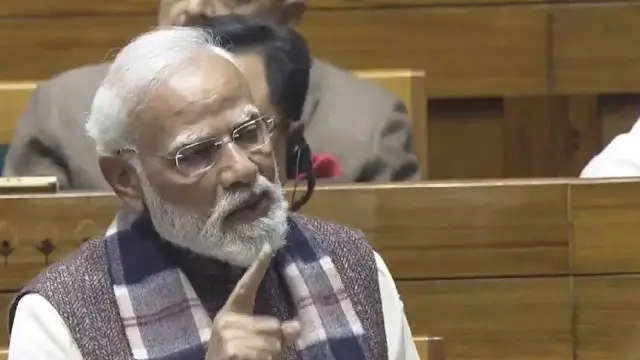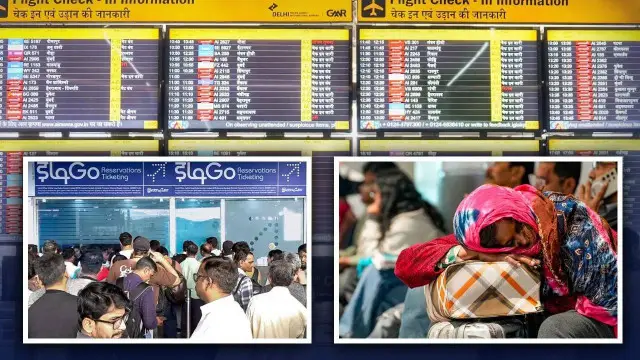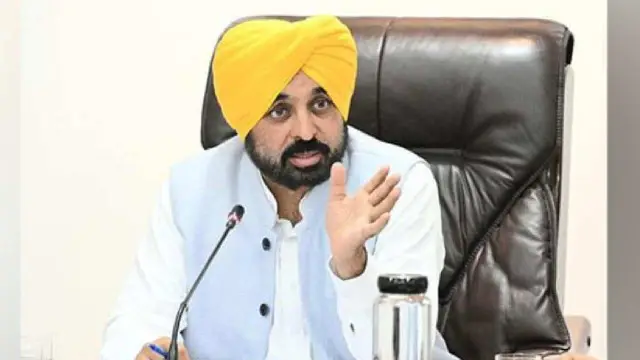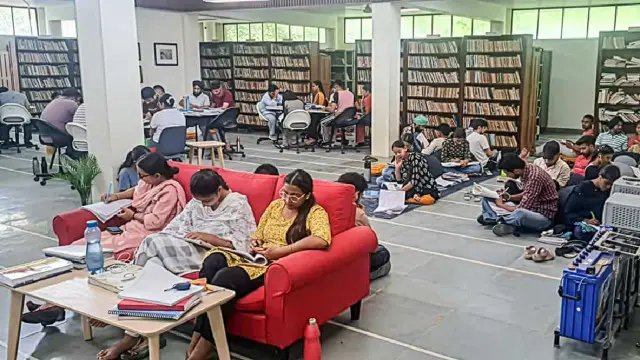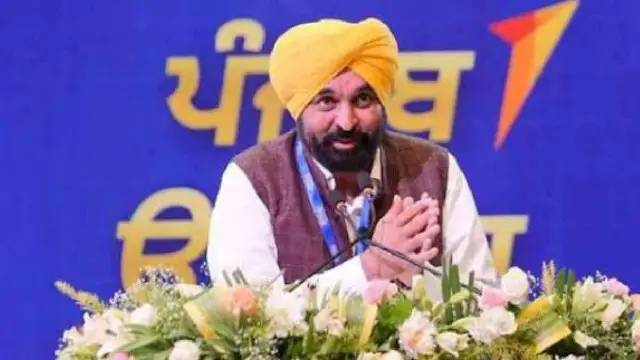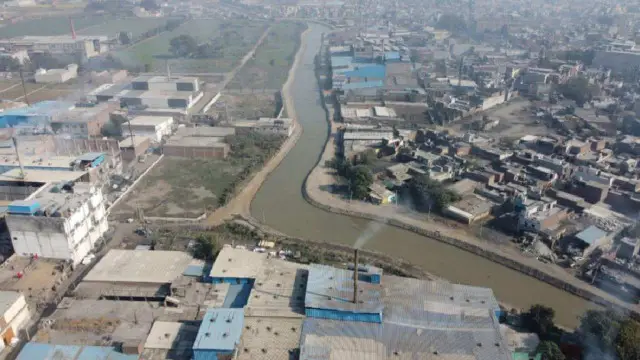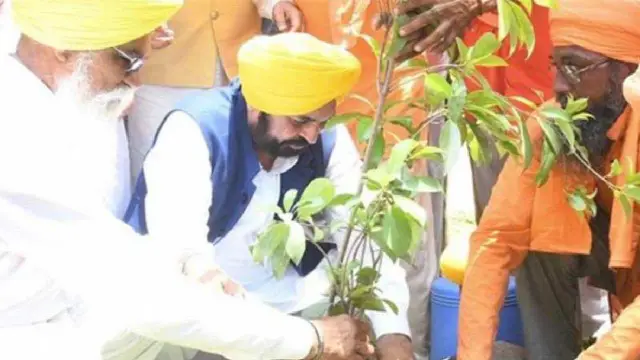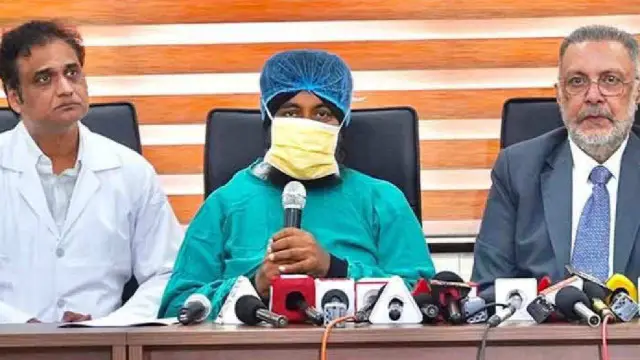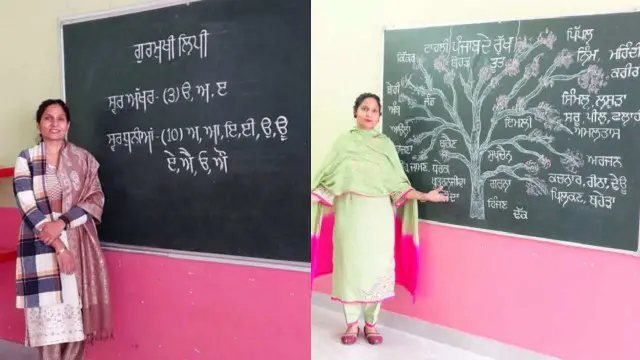India Crosses 5,000 Covid Cases: Spike in Kerala, Delhi, and Other States
India is witnessing a concerning resurgence of Covid-19, with active cases surpassing 5,000 as of June 6, 2025, according to data from the Ministry of Health and Family Welfare.

National News: India has reported over 5,000 active Covid-19 cases, marking a significant resurgence of the virus after months of low numbers. The surge, driven by Omicron subvariants like LF.7, XFG, and NB.1.8.1, has been most pronounced in states like Kerala, Delhi, Maharashtra, and Gujarat, with Kerala leading the tally. The Ministry of Health and Family Welfare has emphasized that most cases are mild, with low hospitalization rates, but the rapid increase has prompted heightened surveillance and public health measures. This uptick, reported across 26 states and Union Territories, underscores the need for renewed vigilance as India navigates this unexpected wave. Authorities are urging vaccinations and adherence to safety protocols to curb the spread.
Surge in Cases and Regional Impact
The rapid rise in Covid-19 cases, from 1,009 on May 26 to over 5,000 by June 6, 2025, has put states on high alert. Kerala leads with approximately 1,500 active cases, followed by Delhi with around 600, Maharashtra with 530, and Gujarat with 510. Other states, including West Bengal, Karnataka, Tamil Nadu, and Uttar Pradesh, have also reported significant increases, with West Bengal and Karnataka each nearing 400 cases. The spread is attributed to highly transmissible Omicron subvariants, though the Indian Council of Medical Research (ICMR) notes that these strains are not classified as Variants of Concern by the World Health Organization. Most infections present mild symptoms like fever, sore throat, and fatigue, with recovery typically within days.
India Crosses 5000 Covid Cases
In Kerala, the surge has led to mandatory masking in hospitals and increased testing in districts like Thiruvananthapuram and Ernakulam. Delhi has reported a sharp rise, with cases jumping from 105 to over 600 in two weeks, prompting the government to ensure hospital readiness with beds, oxygen, and vaccines. Maharashtra and Gujarat are enhancing surveillance through the Integrated Disease Surveillance Program, while Uttar Pradesh has deployed health teams to monitor rural areas. Despite the low severity, at least 30 deaths have been recorded nationwide since May, primarily among elderly patients with comorbidities, highlighting the vulnerability of high-risk groups.
Public Health Response and Precautions
The resurgence has spurred a multi-pronged response from central and state governments. The Ministry of Health has directed states to bolster testing, contact tracing, and booster vaccination drives, particularly for the elderly and those with comorbidities. In Kerala, Health Minister Veena George has mandated genome sequencing to track variants, while Delhi’s government has issued advisories for hospitals to maintain adequate supplies. States like Karnataka and Tamil Nadu are promoting mask-wearing in crowded areas and urging symptomatic individuals to get tested promptly. The ICMR has emphasized that the situation remains under control, with no need for panic, but public cooperation is crucial.
States on Alert as infections rise
Public health campaigns are focusing on educating citizens about symptoms and precautions, including hand hygiene and avoiding crowded indoor spaces. Farmers’ markets and public transport hubs in affected states are under scrutiny to prevent super-spreader events. While lockdowns are not on the table, local authorities are prepared to impose micro-containment zones if clusters emerge. The government is also addressing vaccine hesitancy, with campaigns highlighting the efficacy of boosters against new subvariants. As India confronts this wave, the focus remains on balancing economic activity with robust health measures to protect vulnerable populations and prevent strain on healthcare systems.
.





